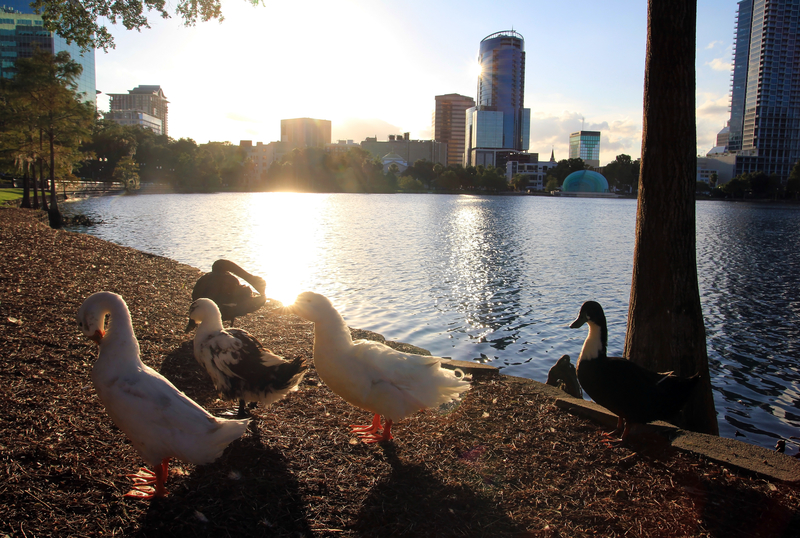Most people do not think about it, but our urban centers are teeming with wildlife that could provide survival food in a pinch.
Even in some of the concrete canyons of some of our most populous urban jungles, wildlife thrives and is there for the taking, if you know where to find it.
Wildlife in the city, well yes, and Merriam-Webster defines wildlife as living things and especially mammals, birds, and fishes that are neither human nor domesticated. That definition covers a lot of ground.
How many of you have spotted or been harassed by geese in a city park, have had to yield to geese and ducks in roadways around city water features, have seen squirrels begging for food near park benches, and who has not been tempted to feed the pigeons some of their sandwich whiling lunching in a city square. Wildlife indeed abounds.
Dr. Merritt, the Mayor of Oakland, declared Lake Merritt a National Wildlife Refuge in 1869, the first in North America. There are wildlife sanctuaries close to or actually inside some city limits. Places where people go to feed the ducks, and to view wildlife in its natural habitat. In 1925, the first bird island was constructed and four additional islands were erected in 1956. These are the largest of the artificial islands that house hundreds of egrets, herons, Canada goose, and many other species of birds (City of Oakland, n.d.).
Lakes of course in city parks or near a city’s borders may very well be home to fish and other marine life that can be a food source, and water attracts mammals that are a food source as well. Some less appetizing, and yet a food source would be rats and mice.
A quality air rifle, a longbow or crossbow, as well as a hunting slingshot, would be ideal weapons inside the city limits if ducks, geese, rabbits, squirrels, rats, and mice are your food sources. Keep fishing in mind, as well, when packing your survival kit for urban hunting, a survival fishing kit needs to go in the kit.
You have to consider the safety of other humans as you hunt and the stealth factor as well. In most cases, you will not want others to know you are out hunting for food, so noise discipline is important. Avoid firearms if possible, but this is a judgment call that will have to be made at the time.
Rats and mice can be trapped in the traditional way using traps designed for rodents or you can use your slingshot, stones or throwing sticks. The same would apply to ducks and geese, rabbits and squirrels.
Certain birds can be netted, but keep in mind ducks and geese and even squirrels that are used to being fed by humans may present themselves as a meal without much effort on your part.
You should not consume any animal that you did not kill by your own hand.
Finding a dead animal or a washed up fish may seem like an easy meal, but you don’t know if the animal or fish died of a disease.
Keep in mind that cats and dogs are edible, but just the thought of this is enough for most people to lose their appetites, but remember dogs and cats are raised in some countries as a food source. During a survival situation, all options should be on the table, and then you can eliminate some as the situation unfolds. To avoid moral dilemmas such as this, you should be as prepared as possible.
The animals and habitats covered here covers only a small portion of what is available to the urban hunter.
Deer populate city parks, creeks and riversides offer abundant animals and fish and so on.
The key is to know where to look and how to catch and prepare what you need.
For more information on urban hunting, please visit Before It's News.

I got to thinking about this over 10 years ago what I came to realise was in my case anyway is even in a rural town with a population of about 12000 was that about 100 people could drastically reduce wild life in the surrounding area in say six months some areas could literally cleared out of almost any thing edible my point is even if 90% of the local population died in a week there would still not be enough food for everyone
The sewer is a place to start. Not a great place, but viable.
You can hunt BUMS but they are gnarly, chewy, smelly and god knows what they carry.
Catch a few rats/mice keep em in a tank. Mice have babies about every 60 days. Feed them stale food. Mmmm delicious rat on a stick.
Ducks taste like mud
Better start growing
I’m sure your old$#%&!@*will taste better with less of a fight (aged to perfection mmm)